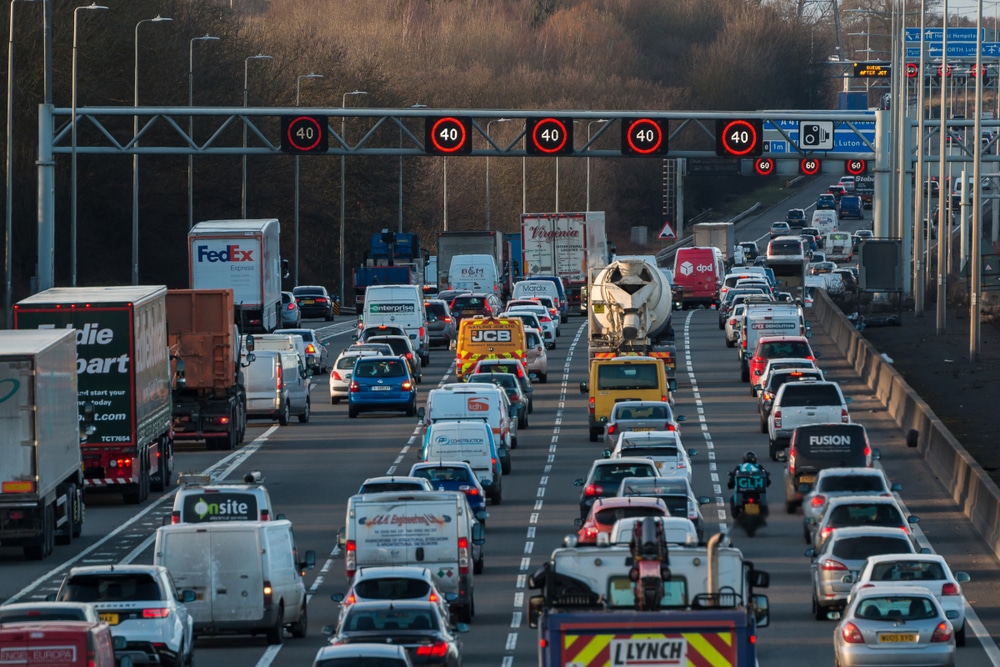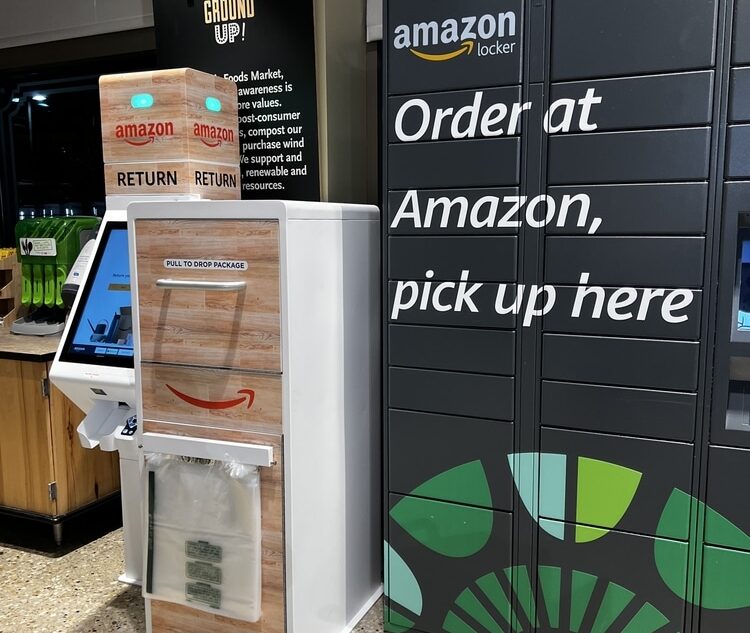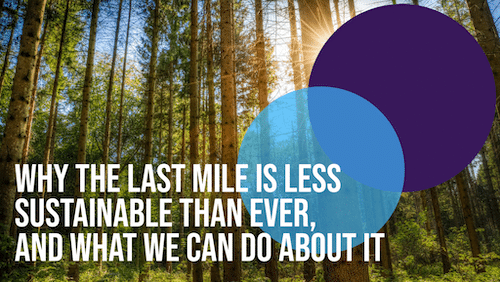Insight / Blog
Is last-mile sustainability compatible with rapid growth in parcel volume?
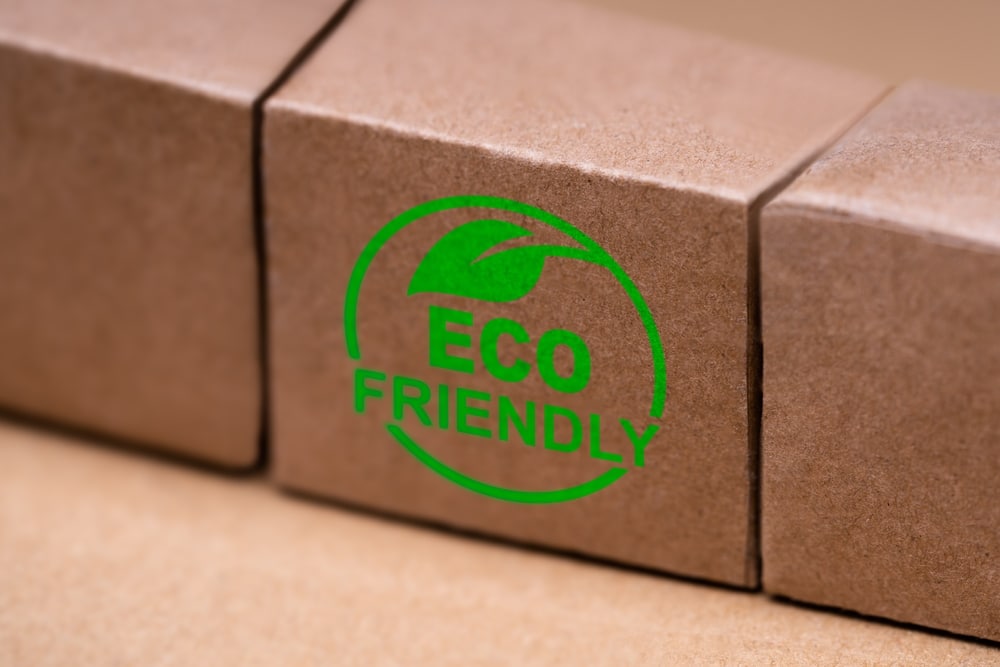
Summary: 2021 saw record growth for carriers and posts – but can they achieve sustainability goals while parcel volume continues to rise?
2021 saw record growth for carriers and posts, aided by the rise in ecommerce sales which grew from $4.2 billion in 2020 to just under $5 billion in 2021.
We’ve previously explored some impressive growth in profit and parcel volume. Taking a deeper dive into carrier performance in our latest sustainability ebook, ‘Why the last mile is less sustainable than ever, and what we can do about it’, we saw widespread volume increases:
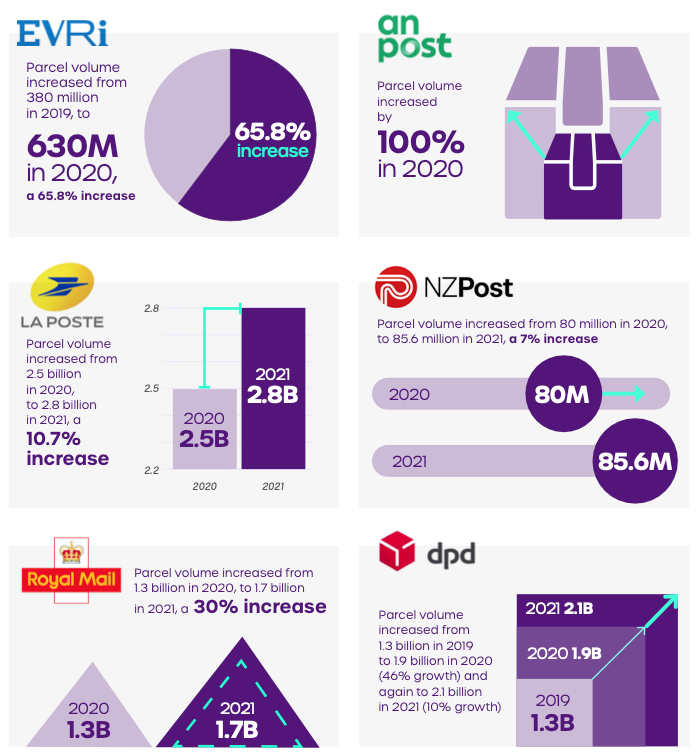
As well as adapting to record parcel volume, carriers have also committed to sustainability goals, with the majority aiming to be carbon neutral by 2040 or earlier. Therein lies a predicament. Can carriers achieve sustainability while volume continues to grow?
Rising volume means more vehicles on the road
The 2021 Parcel Shipping Index forecasts that global parcel volumes will double to 266 billion by as early as 2026. The World Economic Forum also echoes these findings, expecting demand for last-mile delivery to grow 78% by 2030.
To accommodate parcel volume growth and absent major interventions, the number of delivery vehicles in the top 100 global cities will increase by one-third and increase delivery traffic by 32%. The knock-on effects of this rise would also increase congestion by 21% and add an extra 11 minutes of commute time to passengers every day, generating even more carbon emissions.
Last year, global carbon emissions rose by 5%, the single biggest increase in over a decade. Transport accounts for 21% of total emissions, while road transport on its own makes up 15% of global CO2 emissions.
If parcel volumes continue to grow at their projected rate, carbon emissions will rise. Without significant additional action, like increased regulation, to remedy the situation, genuine last-mile sustainability won’t be possible when the market as a whole is experiencing dramatic growth.
Emissions are up despite green efforts
Actions have been taken to make delivery more sustainable. Carriers have increased carbon efficiency over the past few years, using various initiatives and tactics such as electric vehicles. Stand out cases include Post NL, which reduced CO2 per g/km from 249 in 2020 to 203 in 2021 – increasing its carbon efficiency by over 18%.
However, these improvements aren’t enough to combat the rise in volume. Royal Mail, for instance, reported the lowest CO2 per parcel of any major UK delivery company at an average of 208 gCO2e per parcel. This is nearly a 2% increase in efficiency compared to the previous year, when it reported an average of 212 gCO2e per parcel. (This was then followed with an ambitious plan to reach Net Zero 10 years earlier, stating the environment is the next battleground for carriers)
For 2020, delivering 1.3 billion parcels at an average of 212 gCO2 per parcel means Royal Mail’s deliveries were responsible for 275,600 tonnes of CO2 emission. In 2021, parcel volumes grew to 1.7 billion. Despite the increase in carbon efficiency, 2021’s delivery volumes were responsible for 353,600t of CO2 emitted – a 28% rise in emissions.
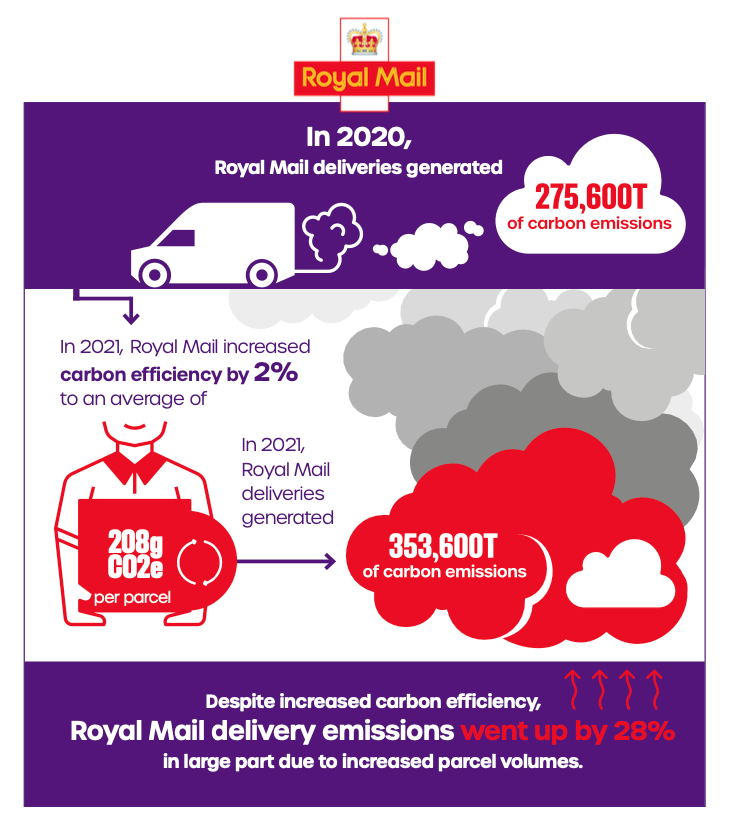
Despite efforts to reduce carbon emissions, the last-mile is currently responsible for more emissions than ever before.
Last-mile sustainability relies on reducing miles
Increasing carbon efficiency per parcel is clearly good to do, but the process has to be accelerated if the lofty goals of net-zero are to be reached. Ultimately that will mean reducing the number of miles driven to deliver parcels. Fewer miles mean fewer emissions, whether carriers are using diesel or electric delivery vehicles.
To reduce miles, carriers need to focus on consolidating deliveries using systems like PUDO and OOH – and ensuring that they drive volume into these channels.
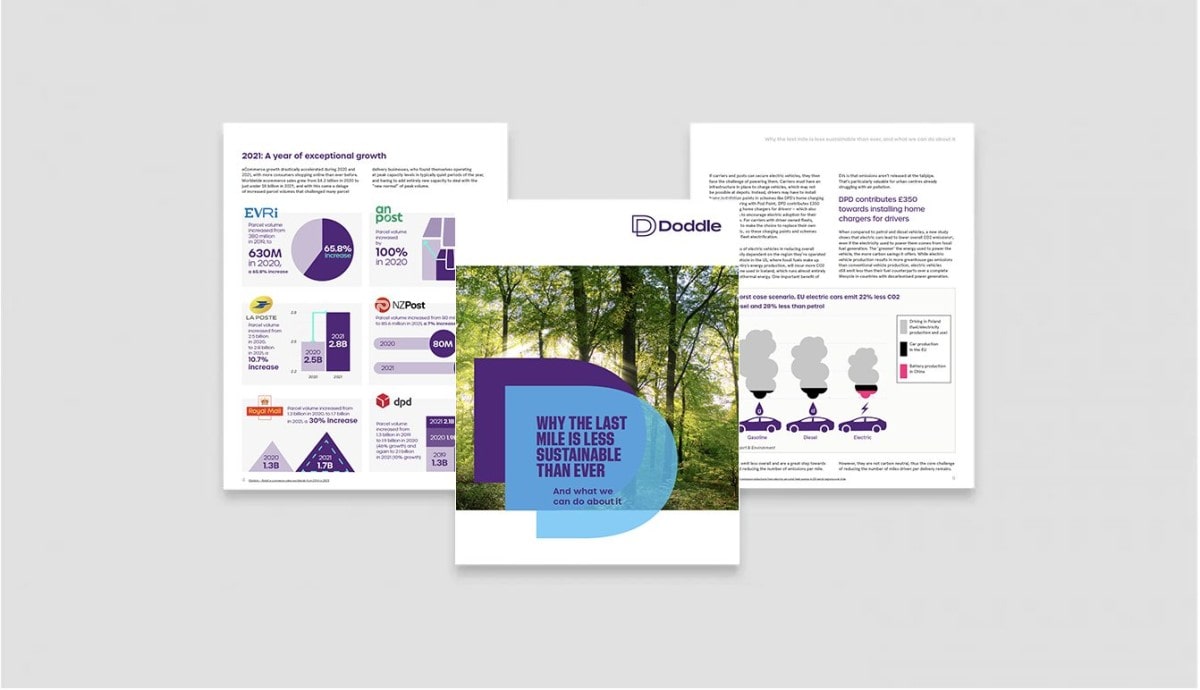
Related articles
Lessons from a decade in the first and last mile
A decade as Doddle taught us some lessons - and Blue Yonder helps us see what will matter in the next decade.
Convenient and sustainable: developing an out-of-home delivery strategy
Sustainability has become a key decision factor for retailers - here's how carriers can stay ahead with an out-of-home delivery strategy that’s both sustainable and convenient for consumers
Parcel lockers vs parcel kiosks: which is best for parcel drop-off?
We explore the benefits and drawbacks of parcel lockers and kiosks to help decide the best self-service solutions.











